Genius Hour seemed to me to be a no brainer. Students who are intrinsically motivated to learn about something they want to learn about. My reasons for choosing to integrate Genius hour into my teaching practice were two-fold: 1) I needed to let go as a teacher and 2) I wanted my students to authentically experience the spark a student feels when they are learning exactly what they are passionate about.
I introduced Genius Hour as What if? What if..every Friday morning for yep, you guessed it, one hour you could work on anything you want to work on? Anything thing at all but they had to follow four simple rules: #1. You choose your topic but I must approve it. #2. Your project must be research based. #3. You are required to make a project (however you choose: digital, movie, model presentation etc.). #4. You are required to share your project with the class.
The students were engaged, happy, and they were learning!! The excitement they demonstrated was nothing short of amazing. And I was learning! I was learning about my students and their interests and I was learning to better my practice by letting go of some of the control. It was an unbelievable “AHA” moment. I let go of curriculum for a little while and allowed my students freedom and they soared!
My name is Corelli (Cori) Braun. I teach grade four at Earl Grey School. I’m a graduate student at U of C in Educational Technology and I love techie things. @CorelliC
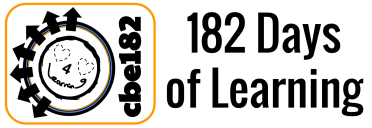
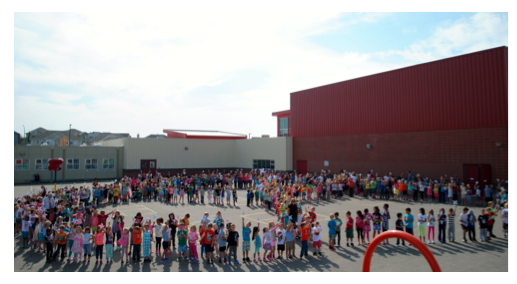
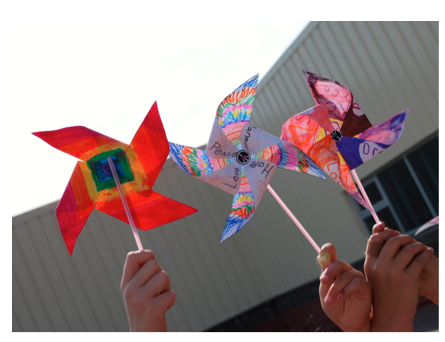
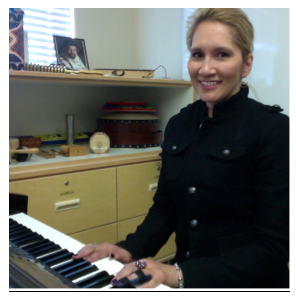
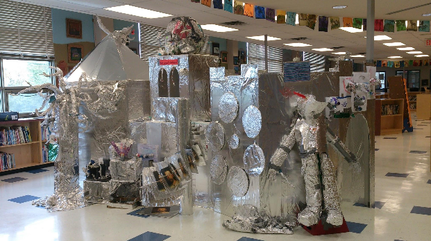
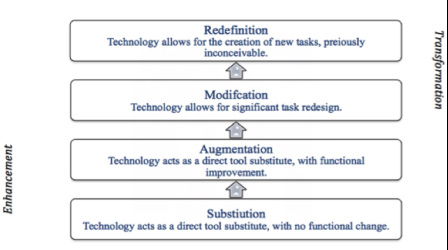
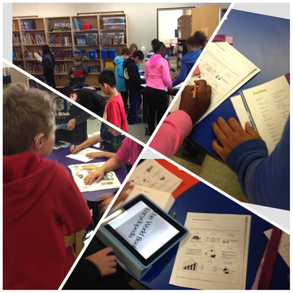
 RSS Feed
RSS Feed
